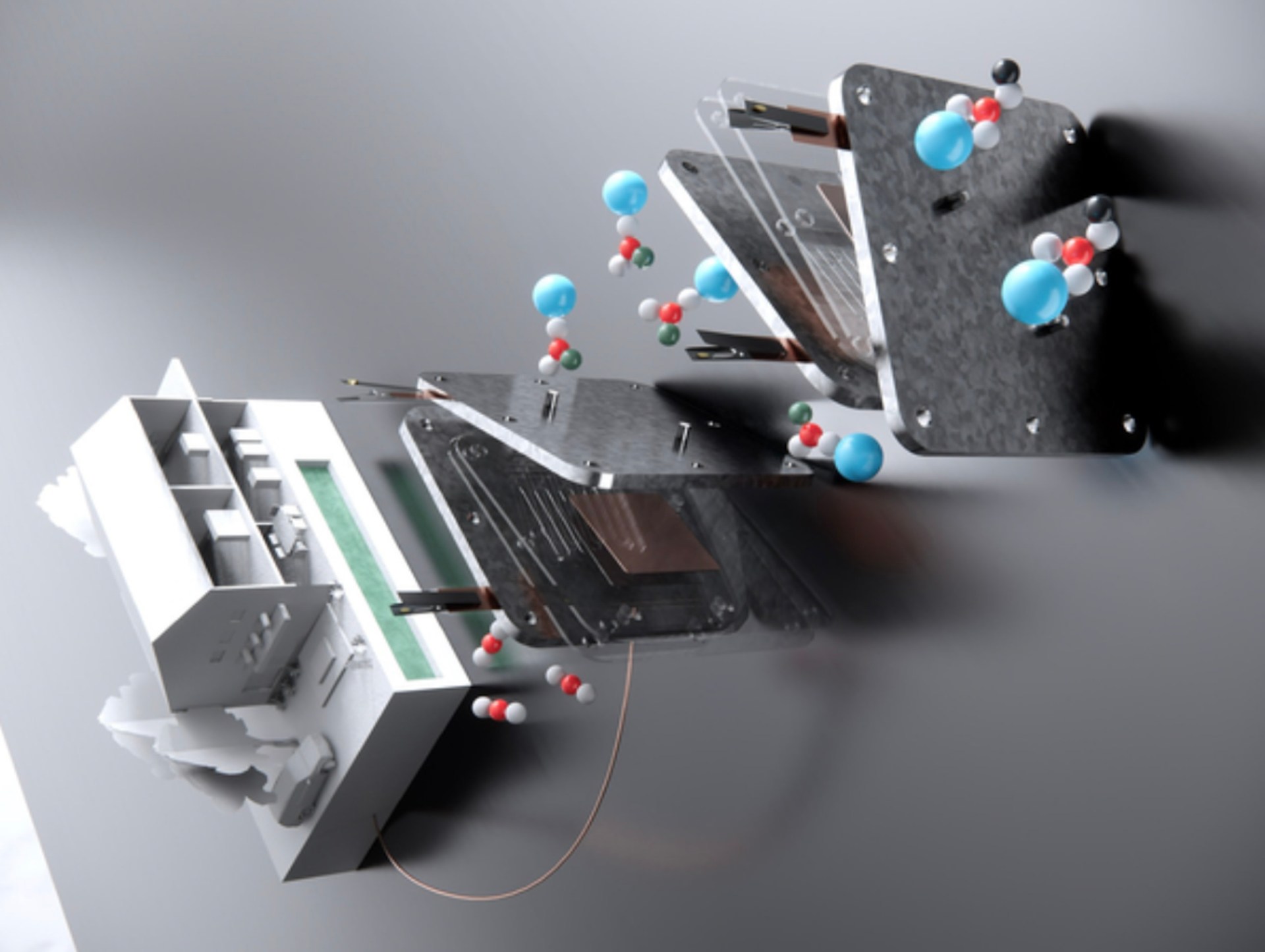Top experts from the Massachusetts Institute of Technology (MIT) and Harvard said they have found an effective process to turn air pollution into power in an astounding breakthrough with the potential to replace some dirty energy sources.
The science, detailed in an MIT News report, isn't the first attempt to turn dirty air into something useful. But, the experts said, it's a lot more efficient than other concepts, in part because it eliminates an inefficient heating process.
It works by converting carbon dioxide into formate, "a liquid or solid material that can be used like hydrogen … to power a fuel cell and generate electricity," according to the MIT report.
The federal government is investing more than a billion dollars into technology that vacuums pollution from the atmosphere. That technique, however, would pump it back into the ground, neutralizing its impact.
The university researchers aim to put the dirty air to use after potentially grabbing it directly from a leading source: power plant exhaust.
The new approach is getting a more than 90% conversion rate, first changing the air pollution into a "liquid metal bicarbonate." Things get pretty technical from there, including an "electrochemical" conversion, which ends with the creation of formate that can be evaporated and turned into a dried powder that can be stored for decades, the experts reported.
The team demonstrated an example of the concept's use via a digital rendering, showing a house powered by a fuel cell. The formate fuel is kept underground in a tank. It also shows what would be a refrigerator-sized electrolyzer and other tech needed to capture and transform air pollution. The vision is for the process to be powered by renewable sources.
"This is for community or household demonstrations," MIT doctoral student Zhen Zhang, who helped to develop the process, said in the MIT report. "[B]ut we believe that also in the future it may be good for factories or the grid."
The researchers tested their system for more than 200 hours with consistent success, they said in the report. They nixed the heating step used in other techniques that turns less than 20% of the pollution into fuel.
Air quality is a global concern, as the World Health Organization found in 2019 that about 99% of the planet's population is breathing air below the agency's health standards.
Vacuuming the atmosphere or using large, outside filters are other options to clean the air.
This news from MIT, however, could provide the route to turn pollution into power.
"The authors have demonstrated enhanced efficiency … and have demonstrated these fuels can be used later to produce electricity," Northwestern University chemistry professor Ted Sargent, who wasn't involved with the study, said in the MIT report.
Join our free newsletter for weekly updates on the coolest innovations improving our lives and saving our planet.









